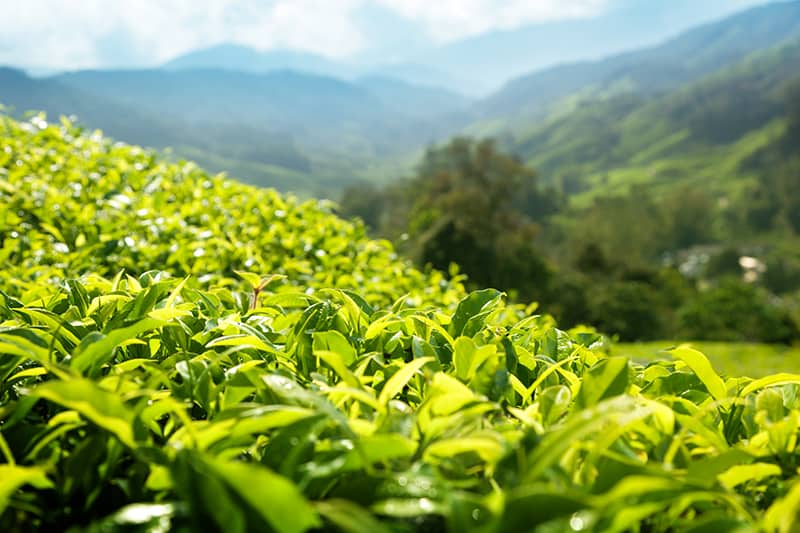- Home >
- Philodendron Selloum
Philodendron Selloum for Sale - Buying & Growing Guide
Do You Know Your Growing Zone? i Growing zones help determine if a particular plant is likely to grow well in a location. It identifies the average annual minimum winter temperatures across the U.S. provided as a map by the USDA.
1 Results
Philodendron Selloum – Buying & Growing Guide
Philodendron selloum, also known as tree Philodendron or lacy tree Philodendron, is grown as a houseplant in most of the U.S. It is a tropical plant native to South America, and when grown outdoors can reach up to 15 feet in height. Its main appeal is the large, glossy, deep green leaves that can provide a primary accent in a larger room, or anchor a grouping of smaller plants. It is not a diva and thrives with minimum care.
- With proper care, it can get quite large.
- Does not need to be fussed over as it is an easy grower.
- Grown indoors in all except tropical regions.
Planting and Care
Planting instructions
If growing indoors, choose your container carefully. Your tree Philodendron will grow larger if it is in a pot that accommodates root growth. If you wish to keep the plant smaller, plant it in a pot that allows only an inch or so of growth around the root ball.
Choose a potting mix that is rich and drains well for your plant and dig a hole large enough to accommodate the root ball. Place the plant in the hole so that it is at the same level it was in the nursery pot. Fill in the soil around the hole, tamping it down as you go to avoid air pockets, and then water well.
If planting outside, choose a site that gets indirect sun or partial sun at most, in soil that drains well. Add a layer of mulch around the tree’s root zone after planting. Follow the directions for indoor planting.
Watering and nutrients
Philodendron selloum is a tropical plant and needs regular watering, especially during dry or drought periods. Water whenever the top of the soil feels dry so the plant receives an inch to an inch and a half of water a week. Empty any standing water from the drainage tray and, if outdoors, stop watering when the water starts to pool around the plant. Indoor plants should have their leaves misted or wiped down regularly.
To fertilize, use a general-purpose balanced fertilizer regularly during the spring and summer months, diluted to half strength. Philodendrons are prone to salt build-up, so after fertilizing, water well to allow nutrients to work into the soil and flush out any salts.
Pruning
Prune your Philodendron selloum in spring or fall to control growth. If your plant’s trunk is getting leggy, with leaves spaced too far apart, consider cutting it back at the top to allow for more robust growth from lower on the tree. You may remove individual leaves to shape the growth as well. Prune out dead, diseased, or broken limbs whenever you see them. These plants may also grow aerial roots and these can be clipped back. Always use sharp clippers that have been sterilized beforehand.
Pests, diseases, and animals
Philodendrons do not have many natural enemies but they are susceptible to common houseplant pests, such as aphids, mealybugs, scale insects, and spider mites. Wiping the top and bottom of the leaves surfaces regularly with a damp cloth will help keep insect pests at bay, as well as giving the tree some much-needed moisture.
Philodendron selloum is prone to bacterial blight and bacterial leaf spots. Blight causes small dark green spots on leaves that spread and cause leaf collapse. Leaf spot leads to translucent spots on leaves that become reddish-brown. You run less risk for these if you avoid watering overhead. Remove infected leaves when you see them.
Achieving maximum results
Philodendron selloum is, for gardeners and interior designers alike, a statement plant. Given the right conditions, it can grow until it no longer fits its space or its pot. If you live in an area where it can be grown outdoors, site it with plenty of room to achieve its potential. Indoors, regular pruning of both leaves and roots will be necessary to keep tree Philodendron under control. If you want a smaller version of Philodendron selloum, look for varieties called “dwarf selloum” and “Xanadu” that max out at six and three feet, respectively.
Be careful with your watering habits as both under and over-watering can kill the tree. Leaves will droop and start to brown if you do either. The goal is to have the soil remain consistently moist but not soggy or having standing water around the tree’s trunk.




